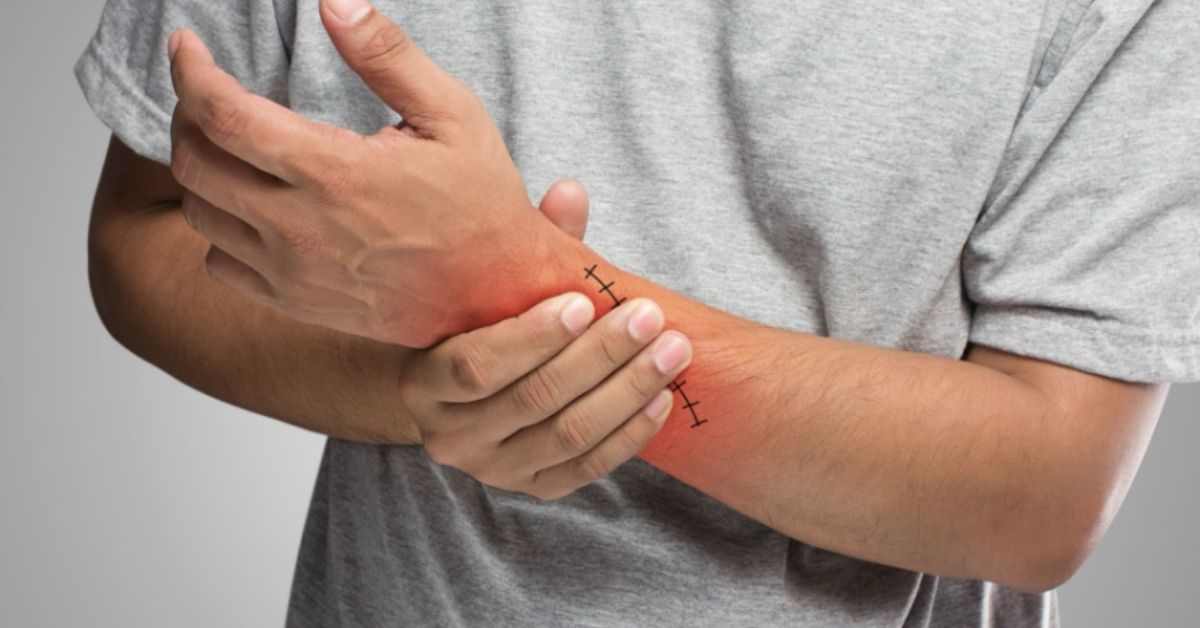Inflammation and swelling post-surgical procedures are typical responses following surgery, as the body’s healing begins. These symptoms indicate that tissue is healing, but they may also be painful and slow the recovery process if not treated properly well. Knowing how to treat the inflammation and swelling at home helps produce comfort and healing.
What Causes the Inflammation and Swelling Post-Surgery?
A surgical procedure always has some trauma to tissues; that trauma elicits the body’s inflammatory response. Blood vessels open to promote blood flow and immune cells migrate to the surgical site to combat infection and clean up dead tissue. This response triggers redness, warmth, swelling, pain, and possible loss of function. The swelling you see is due to fluid increase in the tissue surrounding the surgical site.
Please note that while swelling is expected and generally appropriate, excessive swelling or prolonged healing may interfere with recovery. Early and appropriate treatment, along with prescribed medicines such as aldigesic p tablets, may limit the severity of the inflammation and promote healing.
Also Read, Health insurance policy checklist
Immediate Treatment While at Home
Rest and Protection
- Rest the surgical site, and avoid over activity or putting pressure on the surgical site.
- Follow and adhere to the surgeon’s directions regarding mobility limitations to avoid complications.
- Protect the surgical site, avoiding trauma or cold, as both of these instances may induce more swelling.
Elevation
- Elevate the surgical site above heart level whenever you can to help drain the fluid from the surgical area!
- Utilize pillows, cushions, and other supports to help keep your surgical area elevated while you are resting and sleeping.
Cold Therapy
- For the first 24- 72 hours following surgery, you should apply ice packs wrapped in cloth to lessen the swelling by constricting the blood vessels to help minimize the accumulation of fluid. Cold applications should be restricted to 15-20 minutes every 2 to 3 hours to avoid skin damage.
- Cold therapy assists with pain relief and limiting swelling, but should be avoided if there is evident dryness and circulation issues.
Compression
- Elastic bandaging or compression garments might be recommended to assist with swelling, but should be secured as adequately as possible without impairing circulation to the unaffected area.
Pain Management
- Minor to moderate discomfort accompanied by swelling is a reasonable expectation after surgery.
- Pain relief medications such as Aclova P Tablet, are often prescribed to help control pain and inflammation.
Nutritional Support for Repairing Damaged Tissues
- A protein-based diet provides great building blocks for repairing damaged tissues.
- Vitamins A & C, zinc, and omega-3s help protect against infections and mild inflammatory processes.
- Staying well hydrated assists in the transportation of nutrients and aids in the waste excretion.
- Limit sodium consumption given the potential to have excess mild swelling, which may increase.
Activity and Movement
- Gradual and gentle movement helps with circulation and prevents stiffness in a reasonable range of motion while avoiding stress to the surgical site.
- Depending on the surgery, you may be required to participate in some rehabilitation in some sort of manner. This may be self-directed exercise or directed with physical therapy supervision.
Complications Awareness
While any swelling and inflammation should be perfectly acceptable outcomes of surgery, certain symptoms should not be ignored. These include:
- Notable increase in redness, warmth, tenderness, or swelling, especially some days beyond the early postoperative days.
- The presence of pus, or foul draining from the area in question.
- You obtain a fever, or experience the onset of chills.
- Significant or increased pain, which is not controlled with analgesics.
- Numbness or loss of function of the surgical site.
- Please call your health care provider very quickly if any of these occur.
Other Supportive Measures
- While not a necessity, you can typically believe you should follow surgeon recommendations and keep your incisions clean and dry to avoid complications resulting in infections.
- Second, please eliminate tobacco smoking. Tobacco use should be prohibited for multiple reasons, including contributing to undesirable healing and containing agents that may stimulate inflammation.
- Consider wearing loose and comfortable clothing pieces to avoid any pressure adjoining the surgical site, if applicable.
- You may find comfort during sleep by elevating your limb or head of your bed if you are experiencing swelling.
Long-Term Care & Recovery
- Most predictable swelling and inflammation will be present for days to weeks, depending on the surgical procedure. Co-existing edema might be worthy of medical analysis. The possible therapies to consider with your doctor could be physical therapy, lymphatic drainage therapy, or medications.
- Scheduled follow-up visits help allow your doctor to be able to assess your healing progress and for them to assess changes in their plan of care.
